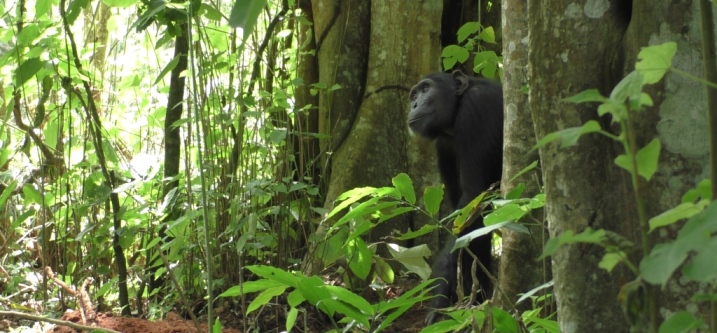Christine Sievers

Intentional communication in nonhuman primates
I am writing my PhD thesis focusing on building a theoretical framework for the identification of intentional communication in nonhuman primates by looking at potentially flexible uses of signals by the producer and receiver in specific contexts (e.g. travel initiations, food, consortship) to achieve their goals. To apply the framework, I collected data on communicative situations of wild eastern chimpanzees (Pan troglodytes schweinfurthii) in travel initiation contexts in the Budongo Forest, Uganda. The main question here was the following: In how far and by what means of communication do particular individuals negotiate the start of a potential joint travel?
I am also looking at the cultural/social dimension of the use of ‘travel hoo’- vocalisations produced in travel initiation contexts. My project is conducted under the supervision of Markus Wild (University of Basel, Philosophy) and Klaus Zuberbühler (UniNE).
In addition to this project, I am working on the interpretation / evaluation of a referential notion within animal signal systems via a framework labelled “signaller's reference“ (i.e. the signaller’s potentially intentional behaviour to pick out an external entity to the recipient) in order to compare potentially referential animal signals with reference in human language.
Publications
Wild, M. and Sievers, C . (in preparation).
Intentional and non-intentional communication.
In: Andrews, K. and Beck, J. Routledge
Handbook of Philosophy of Animal Minds.
Sievers, C. and Gruber, T. (in press).
Reference in human and nonhuman primate communication:
What does it take to refer?
Animal Cognition .
Townsend, S. W. and Sievers, C . (2015).
Commentary on T. C. Scott-Phillips’ “Nonhuman Primate
Communication, Pragmatics and the Origins of Language”.
Current Anthropology 56: 72-73.

